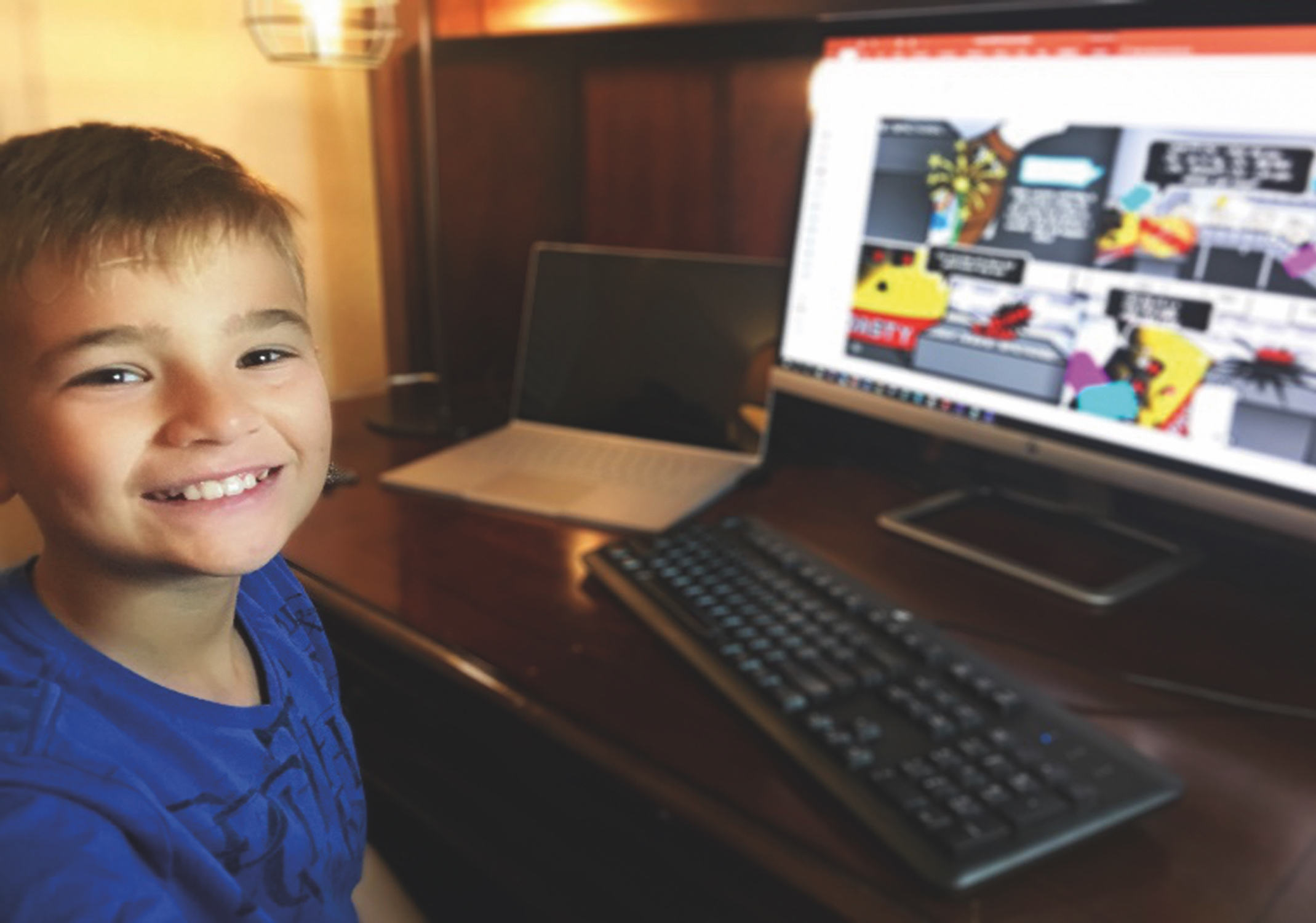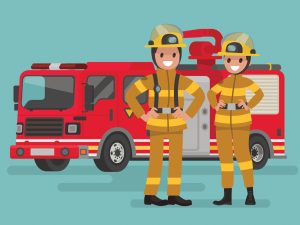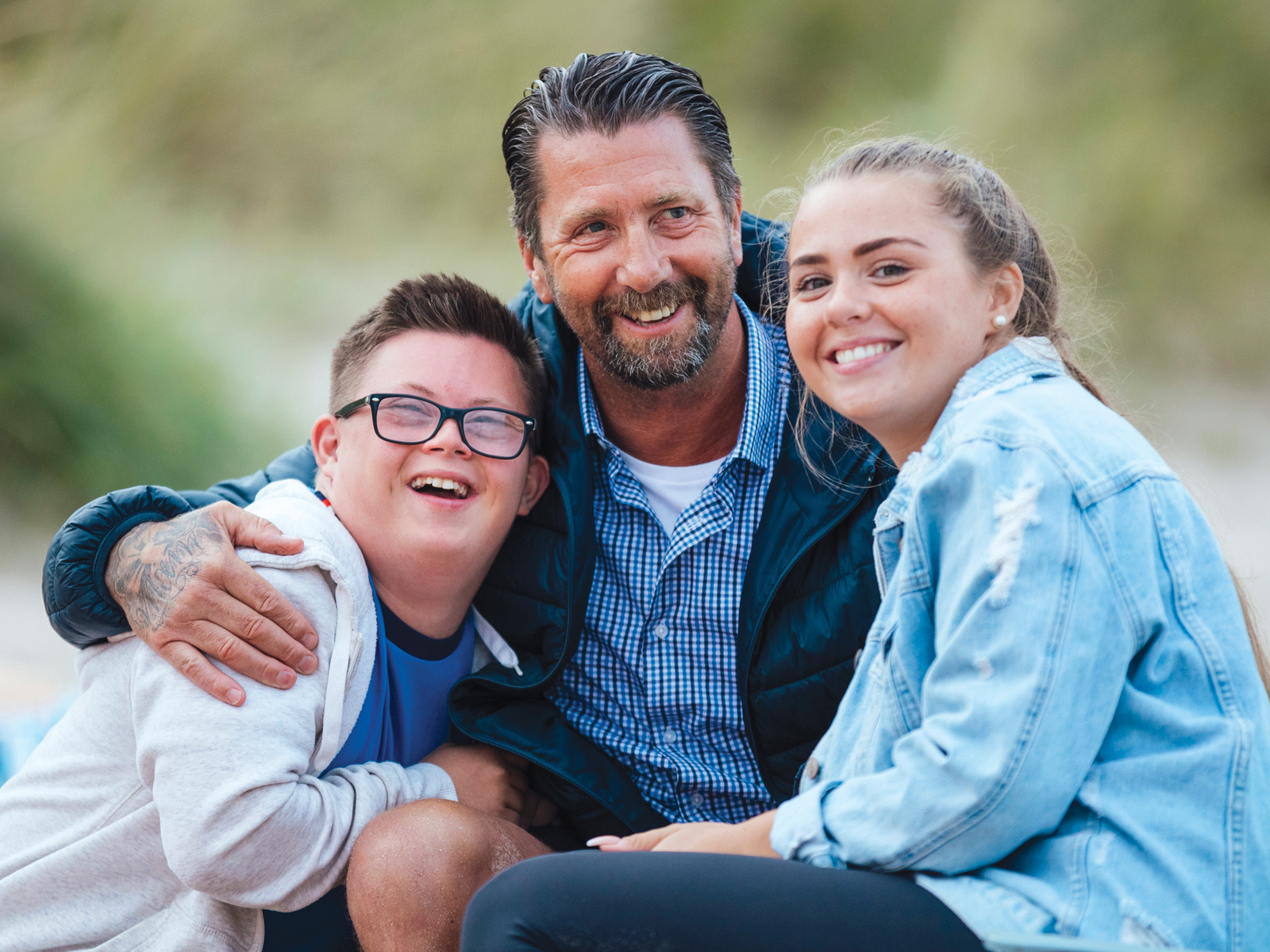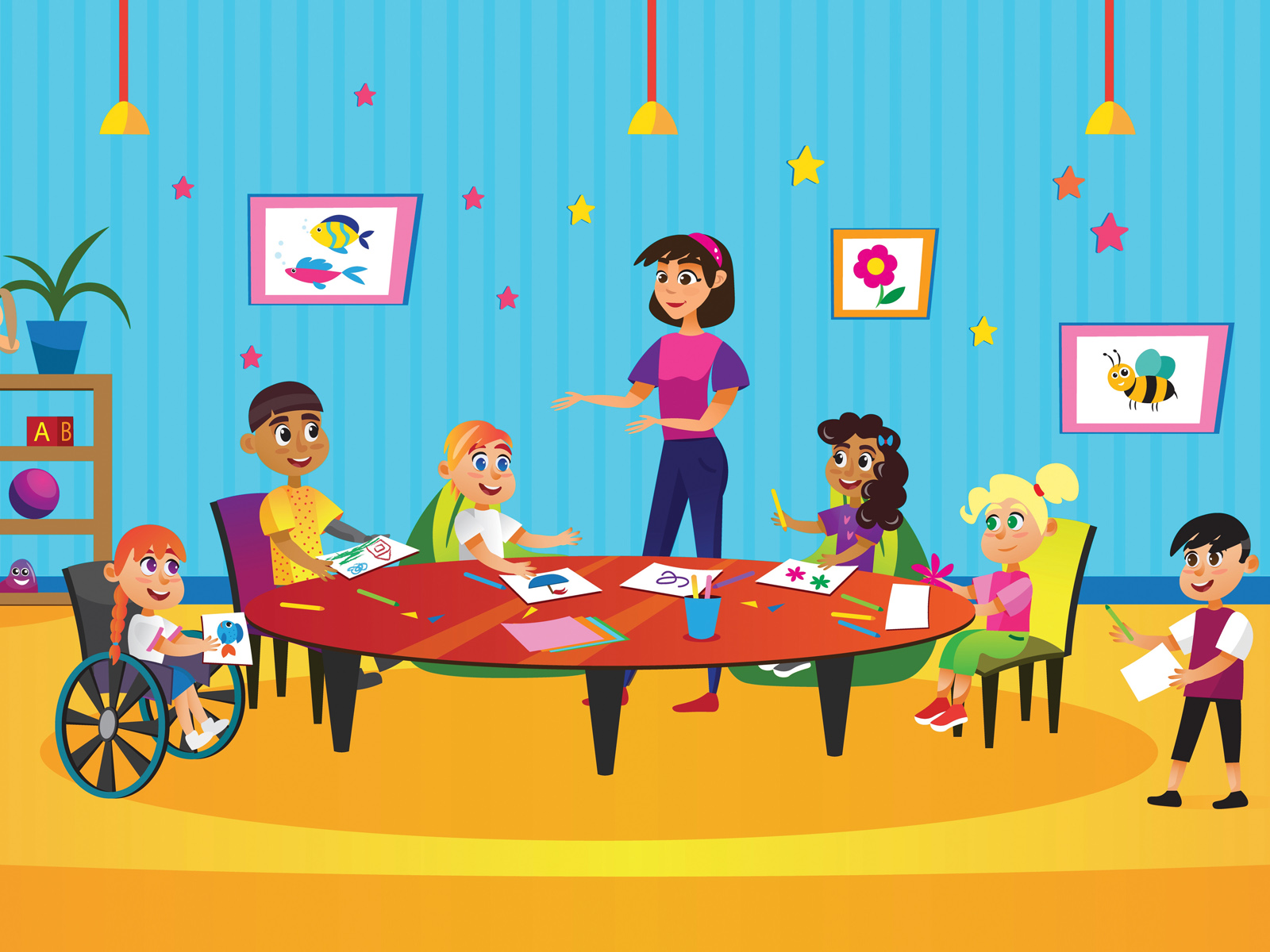My son, Aiden Dennis, was diagnosed with Attention Deficit Hyperactivity Disorder (ADHD) at age 5. He is now 11 years old and, with a little inspiration from a waffle, he’s also the author of an award winning book that aims to help other neurodiverse kids like himself. This is his story, but it’s also mine.
By Angela Butler
The early years
While I saw the differences between Aiden and other children his age, it wasn’t apparent that there was an issue until he started school. Socially, he had no problems. He was kind, made people laugh, and made friends easily. Academically, however, kindergarten required him to sit still, be quiet, follow instructions, and stay focused on the task at hand. These skills did not come naturally to him.
Emails from his teacher arrived almost daily – he didn’t pay attention, he talked all the time, he ignored instructions, he never got his work done on time, and he distracted other students. The message became clear – my kid was “the problem child.”
How Aiden felt
• How come I’m the only one in trouble?
• Why can’t I be like other kids?
• What’s wrong with me?
• I hate school.
• I’m a bad kid.
• I’m a failure.
How I felt
• How come we’re the only ones struggling?
• Why can’t he behave like other kids?
• What am I doing wrong?
• Is this ever going to get easier?
• I’m a bad mom.
• I’m a failure.
The diagnosis
Midway through kindergarten, we moved, giving Aiden a fresh start at a new school. His new teacher recognized the symptoms of ADHD immediately, and urged me to talk to his pediatrician. I remember her saying, “He’s not a bad kid; he’s struggling. He’s smart and funny and wants to do well. There’s help out there, you just have to go and get it.”
Her words brought me hope, and within the month Aiden was diagnosed with ADHD (combination type –including inattention, impulsivity, and hyperactivity). We began treatment right away.
Aiden’s performance in school improved immediately and drastically. While he still struggled, it was less often, and these new strategies helped – separate him from distraction, move him to the front of the classroom to help him focus, give him “brain and body breaks” when he gets overwhelmed, and never…EVER…take away recess or time for physical activities as a consequence. Each year as the requirements in school evolve, we learn new techniques to help him and he learns ways to help himself. With every hurdle he faces he gains more confidence and becomes more self-sufficient. Instead of ADHD owning him, he is learning to own it.
How Aiden felt
• My brain is different.
• I wish I was “normal.”
• I wish I didn’t have to try harder than everyone else.
• Maybe I’m not a bad kid, I just need help.
How I felt
• Well that explains a lot.
• I don’t want people to judge him. Or me.
• I’m terrified I’m handling this wrong and making it worse.
• Maybe I’m not a bad mom, I just need help.
Fast forward to 2018 – The Year of the Waffle
One morning towards the end of 5th grade, Aiden took a few bites of his waffle and it looked like it had a smiley face. So, of course, he named it “Waffello.” We laughed and dreamt up Waffello shenanigans on the way to school that day. We had so much fun that we decided to write a book– Aiden wrote it – I illustrated it.
He wanted Waffello to be a superhero with ADHD – Waffello became Captain Waffello, a much more suitable name for a superhero. He wanted kids like himself to see that ADHD doesn’t have to stop them from being successful at anything they set out to do. I interviewed him to help figure out what he wanted illustrated for each page. He’d come up with 20 ideas and we’d talk through each one until he narrowed down the storyline. We repeated this over and over – he has an endless supply of clever, silly, sometimes nonsensical ideas.
Aiden used his own experience with ADHD to shape the book. For instance, when he was little, he pretended his fingers were an action figure, which we called “Action Fingers.” He’d hold his fingers upside down and use them as “legs” to run, jump, and battle imaginary bad guys. It was his way to get the wiggles out and use his imagination when it was time to read stories. He includes Action Fingers throughout the story so his readers can engage, too.
Captain Waffello talks directly to his readers, calling them “Action Kid”, and asks them to help him. By helping Captain Waffello save the day, Aiden hopes kids feel like a part of the story and feel the joy and pride of success.
How Aiden felt
• I can’t believe I did it!
• Helping other people makes me feel really proud.
• I’m going to be okay. I can do anything I set my mind to.
How I felt
• I am in awe of this kid.
• I am bursting with pride over what he’s accomplished and how he’s helping other kids.
• He’s going to be okay. He can do anything he sets his mind to.
The experience of creating this book together is one of the most rewarding experiences either of us has ever had. I learned SO MUCH about Aiden and what ADHD is like for him. I started to understand and even relate to the struggles he explained to me. I came to not just empathize, but to respect him for his strength, his courage, and his desire to help others. Watching him grow and become more comfortable talking about ADHD is empowering for both of us and leaves us knowing that whatever tomorrow brings, we can handle it.
Angela Butler is Aiden’s mother who has helped him illustrate and promote his comic books.














